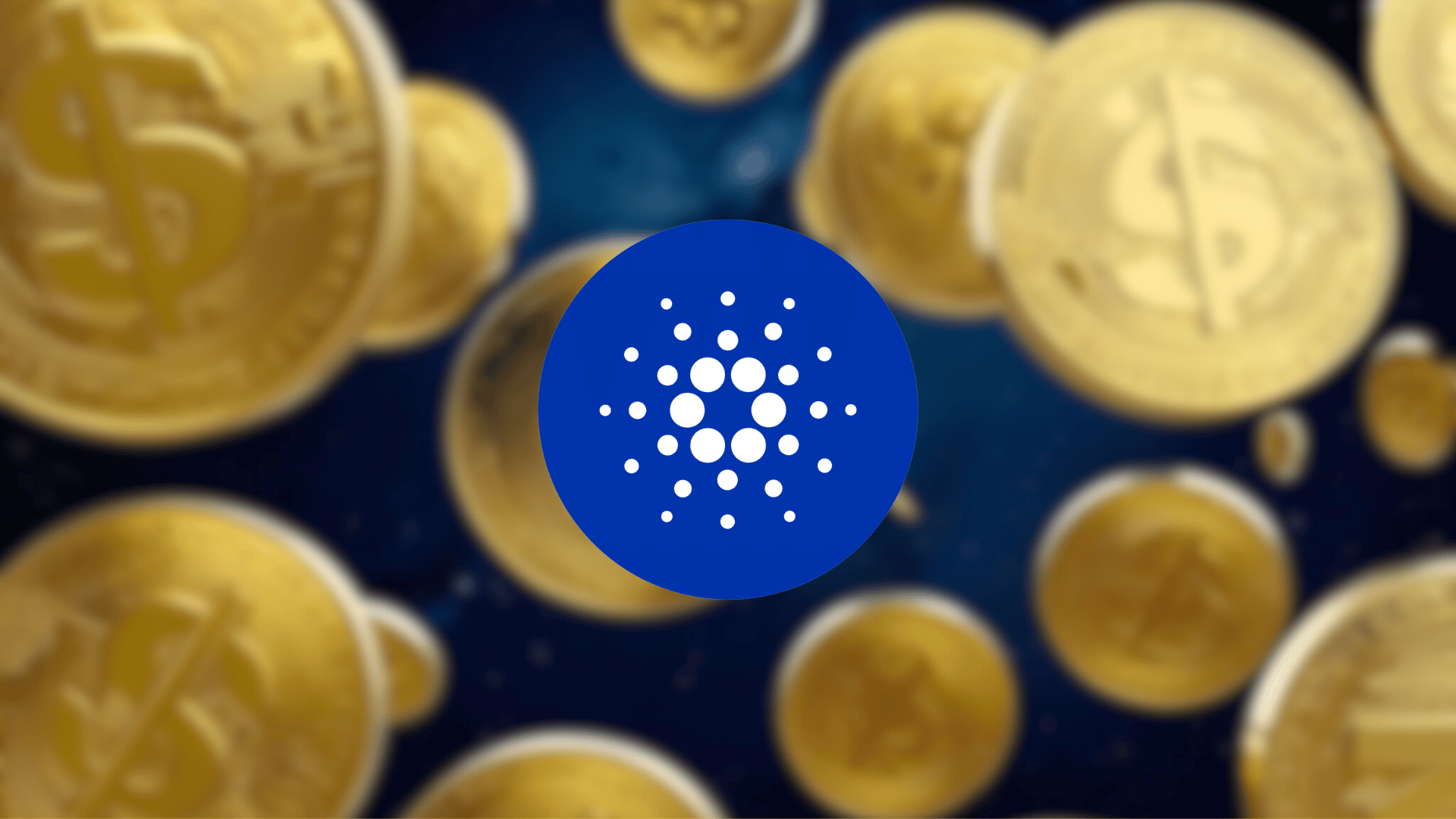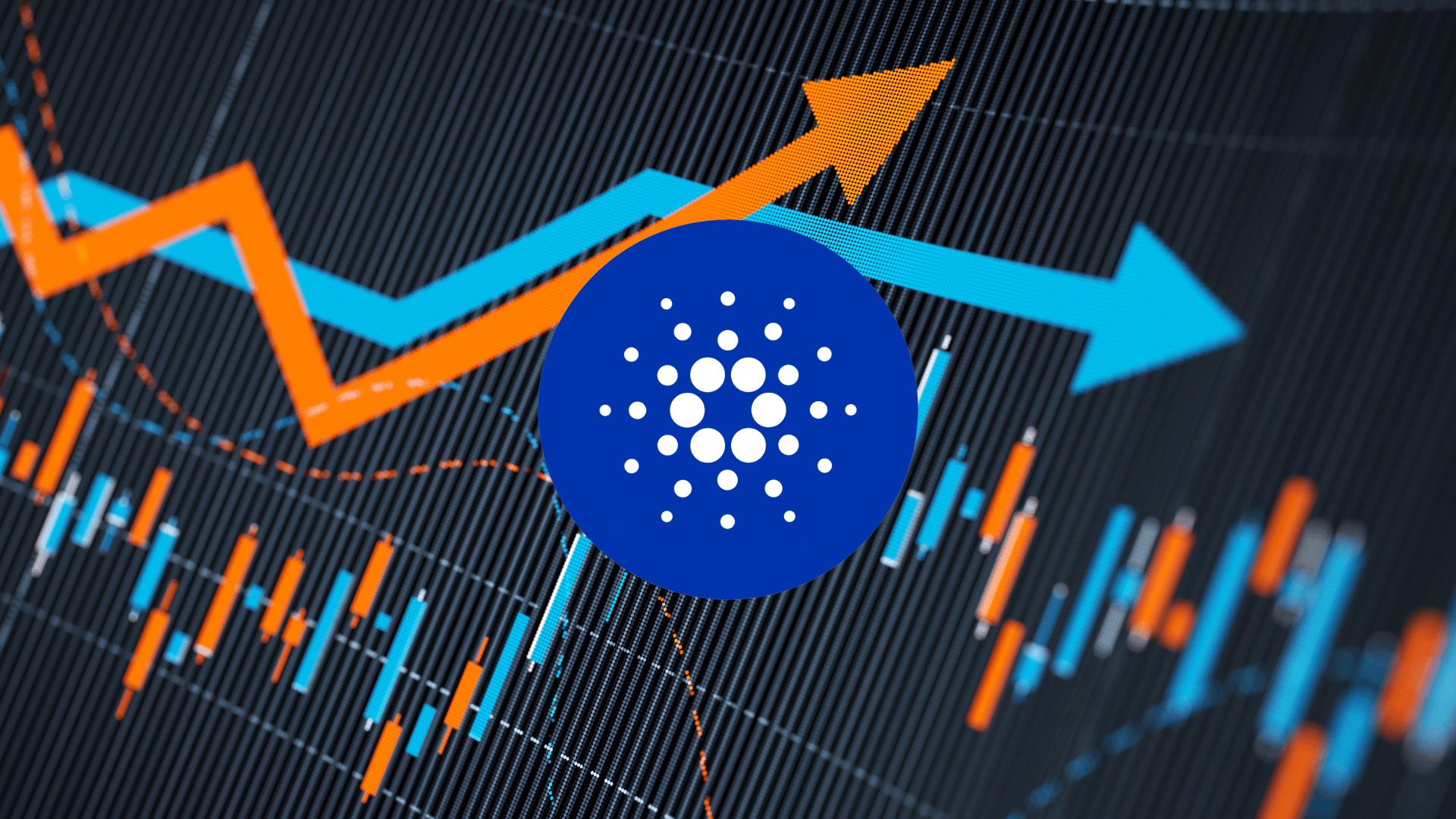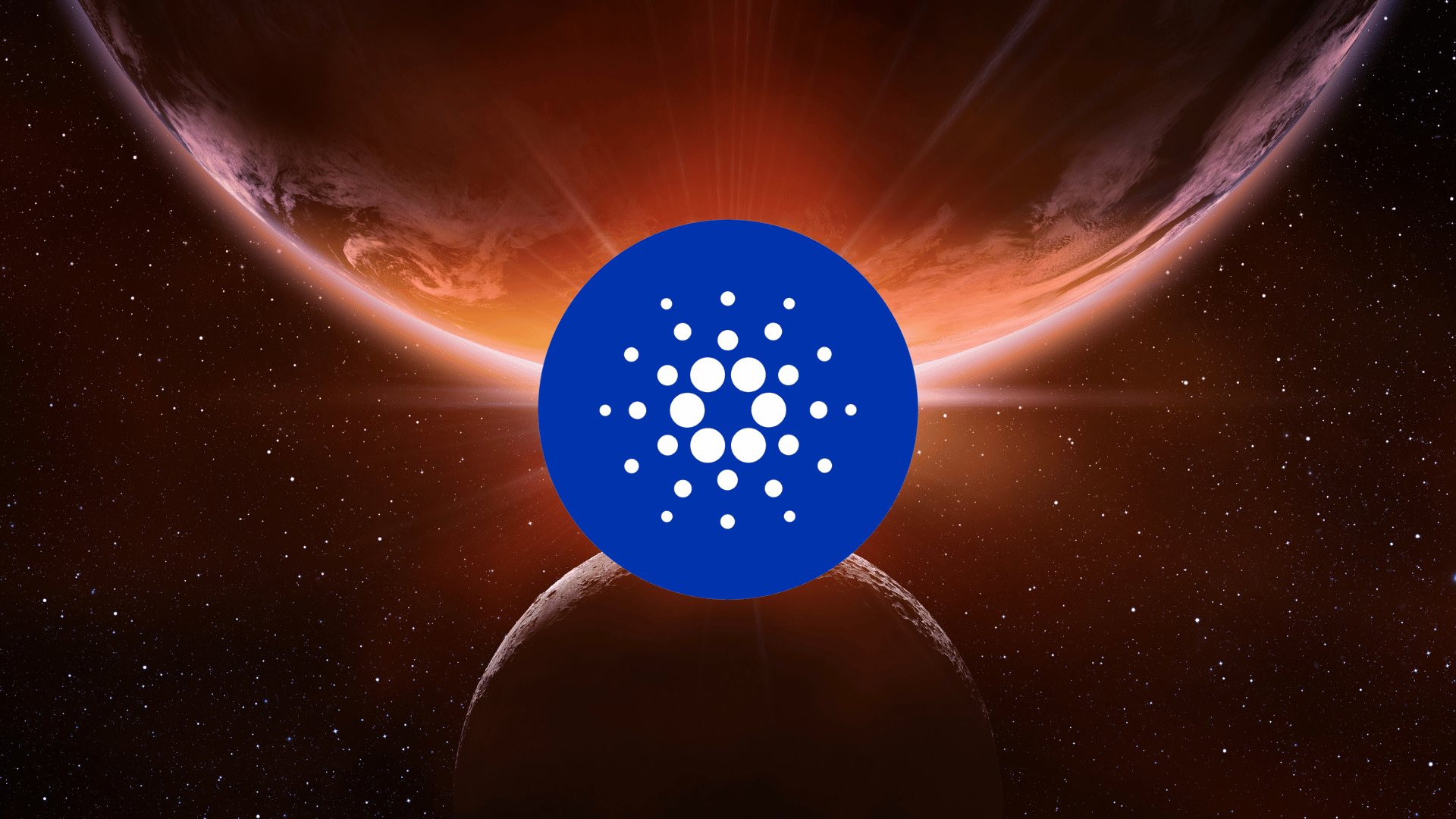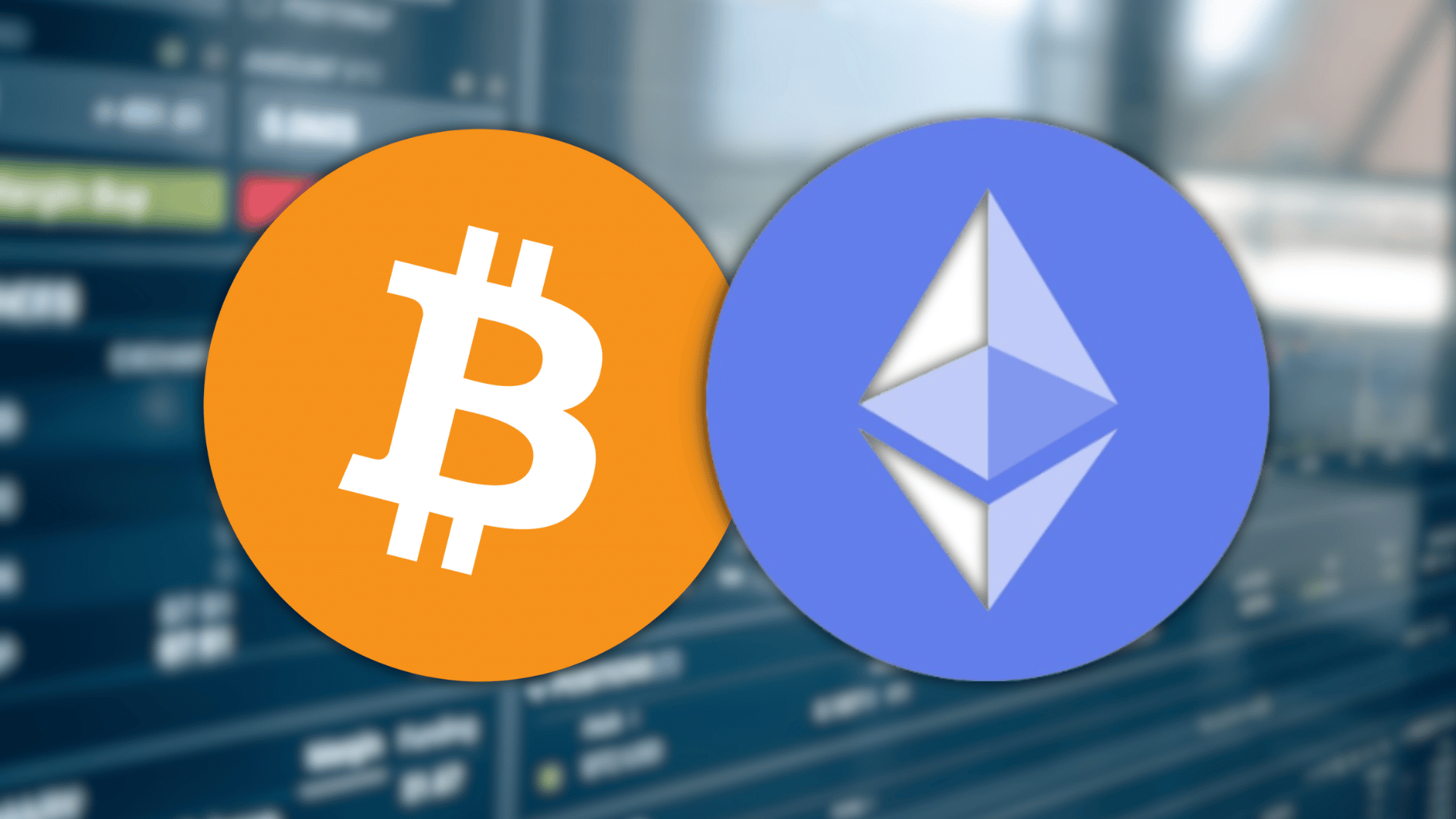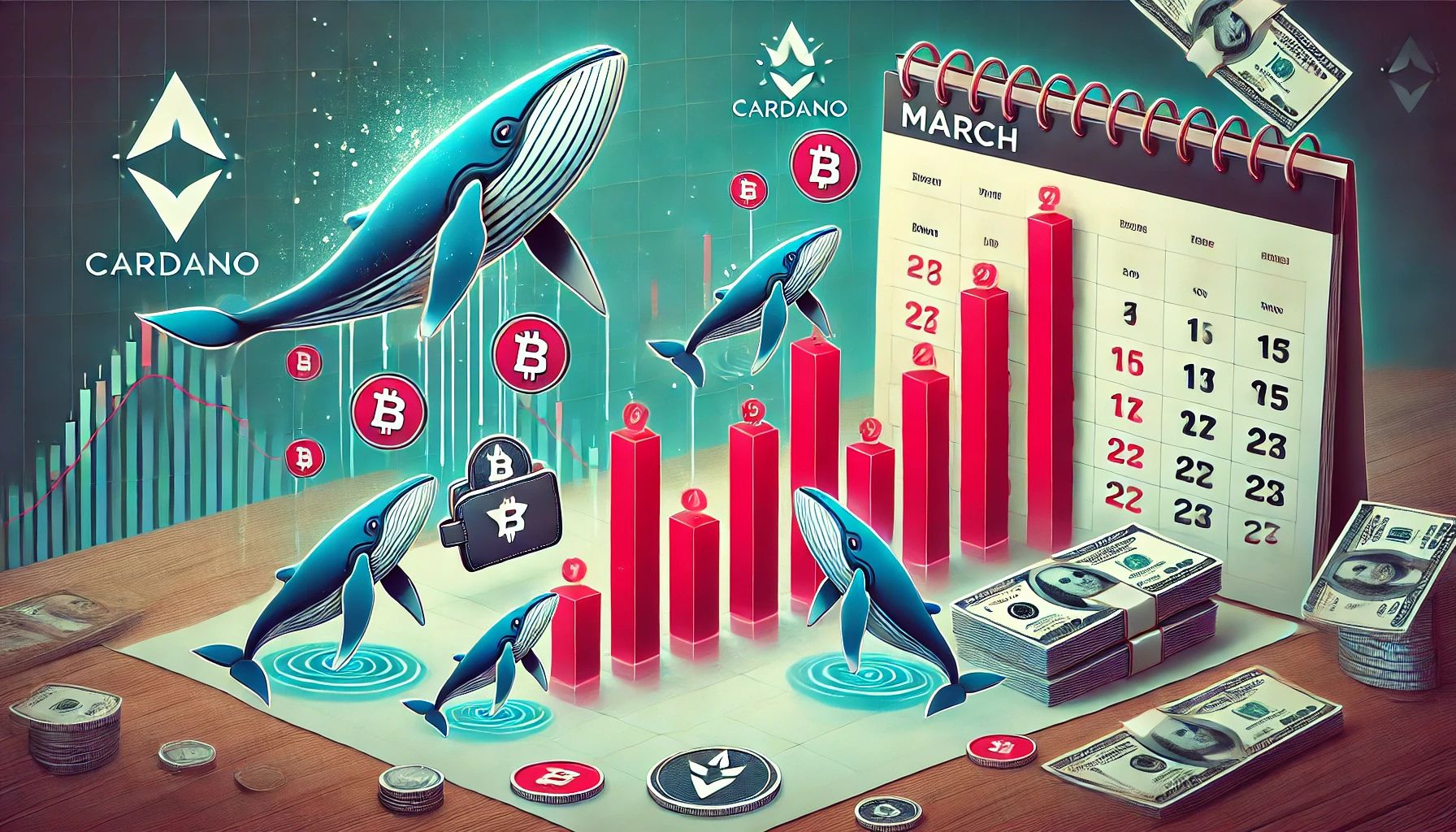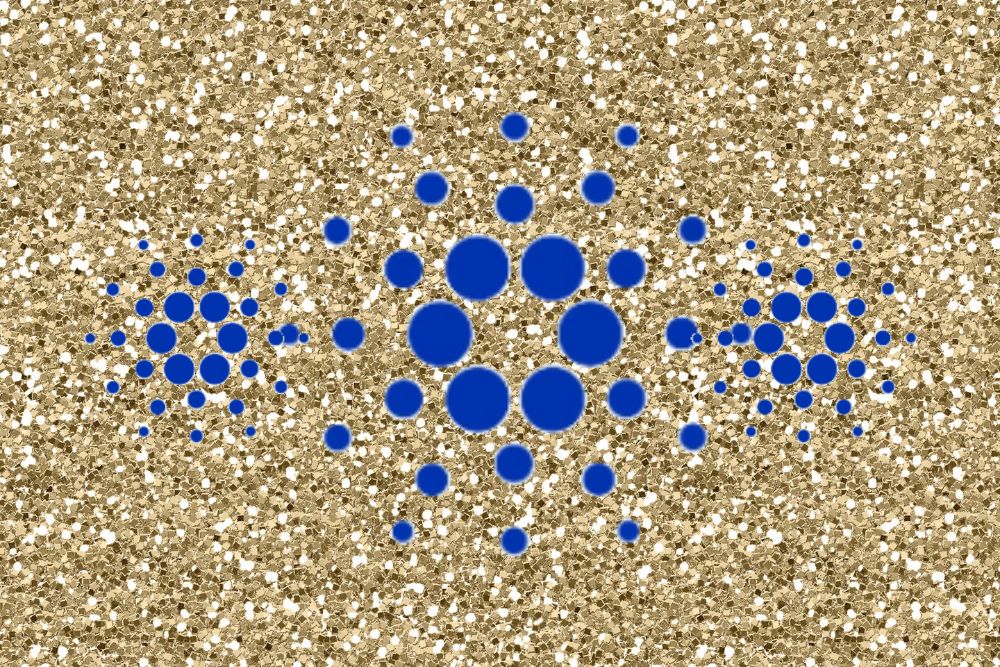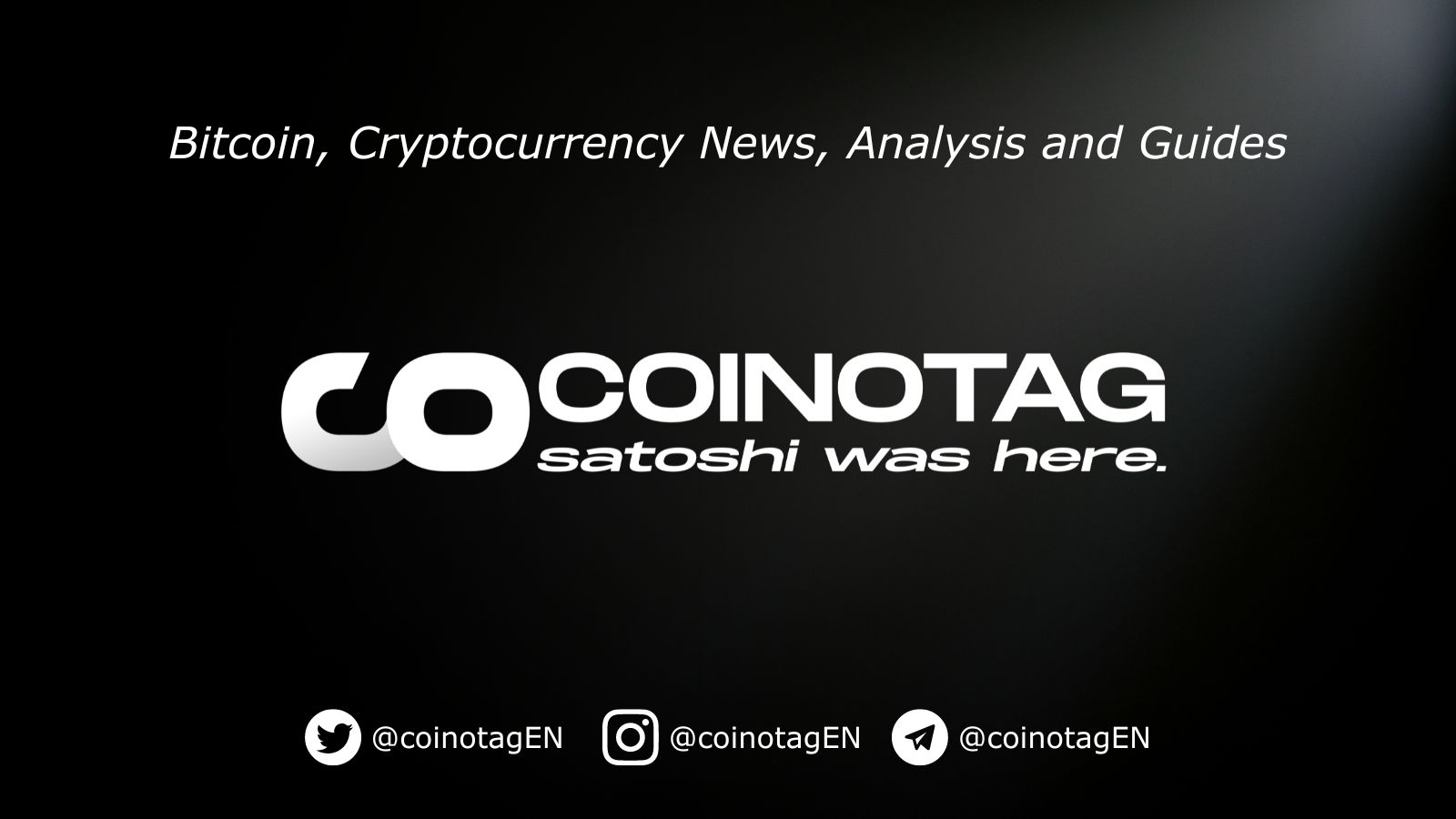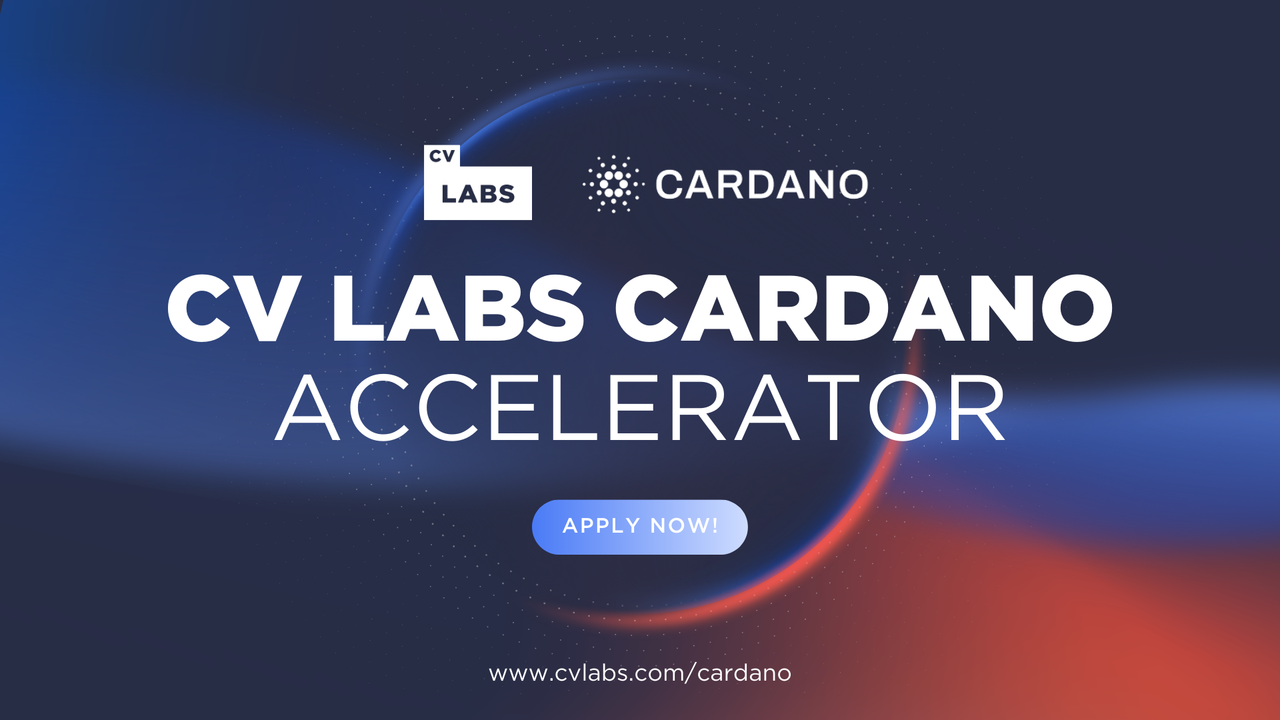Cardano’s Leios Upgrade Promises Solana-Level Speed with Full Decentralization: Here is What You Need to Know – BlockNews
Cardano's new Leios upgrade aims to match Solana's speed without sacrificing decentralization or uptime. Hoskinson says Cardano is ready to lead Bitcoin DeFi by supporting UTXO-based assets with smart contracts. With over 1,000 DReps and a $1.5B treasury, Cardano is focused on resilience, governance, and long-term utility. In a recent interview on The Wolf of
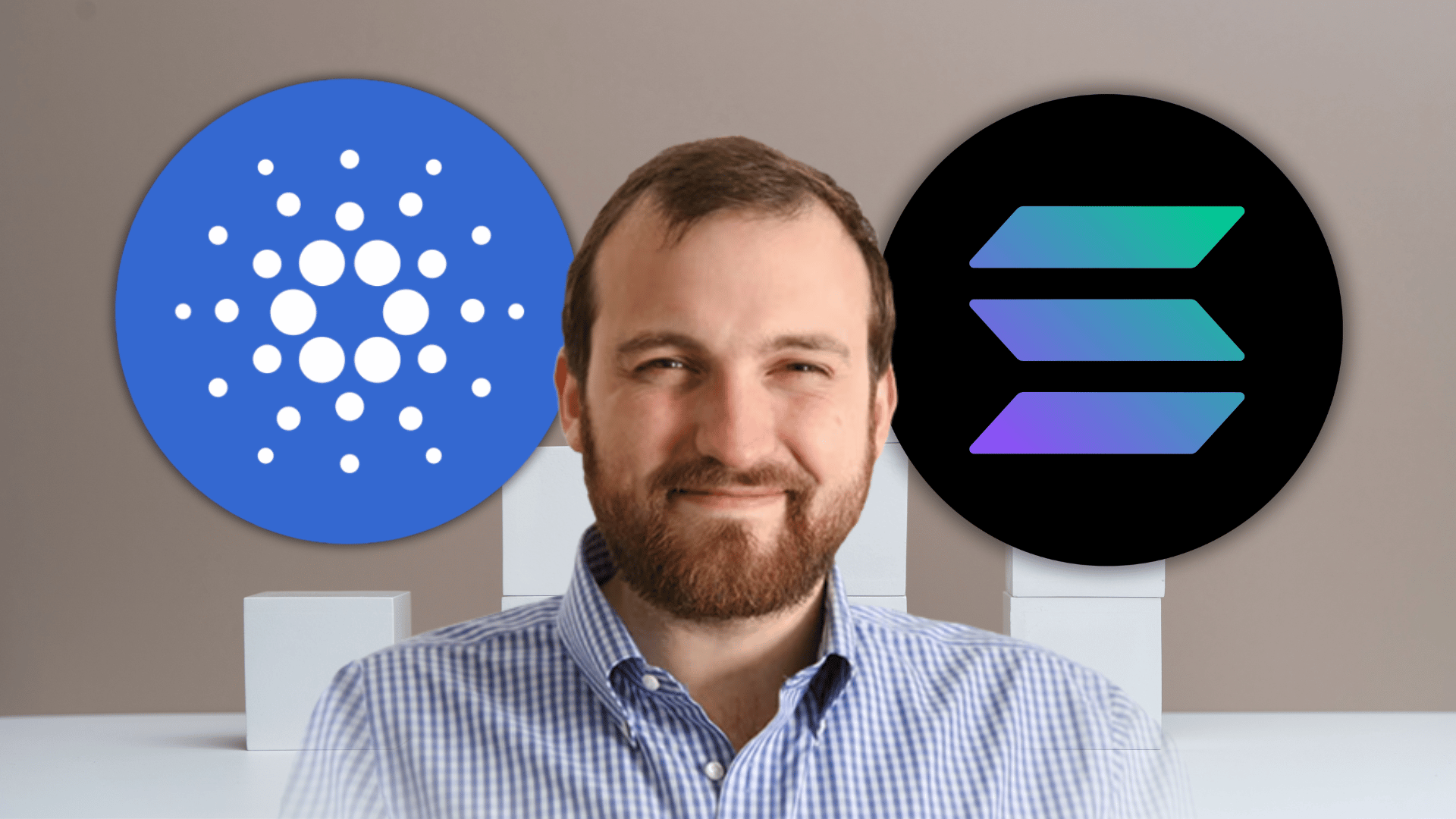
- Cardano’s new Leios upgrade aims to match Solana’s speed without sacrificing decentralization or uptime.
- Hoskinson says Cardano is ready to lead Bitcoin DeFi by supporting UTXO-based assets with smart contracts.
- With over 1,000 DReps and a $1.5B treasury, Cardano is focused on resilience, governance, and long-term utility.
In a recent interview on The Wolf of All Streets podcast, Cardano founder Charles Hoskinson pulled the curtain back on what might be the project’s most ambitious upgrade yet: Leios.
The idea? Bring “Solana-style speed” to Cardano—but do it without sacrificing what makes the network tick: decentralization, stability, and zero downtime.
“Leios is going to give us Solana-style speed but with full decentralization and no stalls,” Hoskinson said, clearly throwing shade at Solana’s repeated outages and its reliance on a small set of validators with high hardware requirements.
Cardano’s aiming to do what—frankly—no other Layer 1 chain has quite pulled off yet: combine blazing throughput with the kind of stability you’d expect from something like Bitcoin. Tall order.
So… What Is Leios, Exactly?
Leios is a core part of Cardano’s broader scaling roadmap, designed to ramp up performance at the base layer. Think parallel transaction processing, smarter handling of mempools, and separating execution from block validation—all while sticking to Cardano’s smart contract-ready EUTXO model.
It also hooks directly into input endorsers, a system that lets the network process multiple transactions in parallel without messing up consensus or security.
“It’s not just about TPS,” Hoskinson said. “It’s about TPS under constraint. If your blockchain only works when it’s run on AWS by five people? That’s not decentralization.”
Solana, of course, is famous for its speed—and also for crashing. Since launching its mainnet beta in 2020, it’s had 13 major outages. For Hoskinson, that’s a nonstarter. He made it clear:
“Cardano’s been live for nearly seven years, 24/7, without a single minute of downtime. That’s not luck—that’s architecture.”
More Speed—But Not at the Cost of Core Values
While Leios is built to handle throughput like Solana, it’s also meant to avoid the same trade-offs. Paired with Cardano’s Hydra (Layer 2 state channels) and Midgard (a rollup solution), Leios forms a piece of a modular scaling stack meant to handle both everyday use and enterprise-grade demands.
And according to Hoskinson, it’s not just about performance—it’s about resilience, governance, and self-sovereignty too.
Cardano currently ranks as the most decentralized Layer 1, based on the Edward Decentralization Index, boasting over 1,000 DReps under its governance framework—more than double the number of U.S. Congress members, as Hoskinson jokingly pointed out.
There’s also a $1.5 billion community-controlled treasury, with funds set aside for protocol upgrades, ecosystem support, and long-term development—no VCs needed.
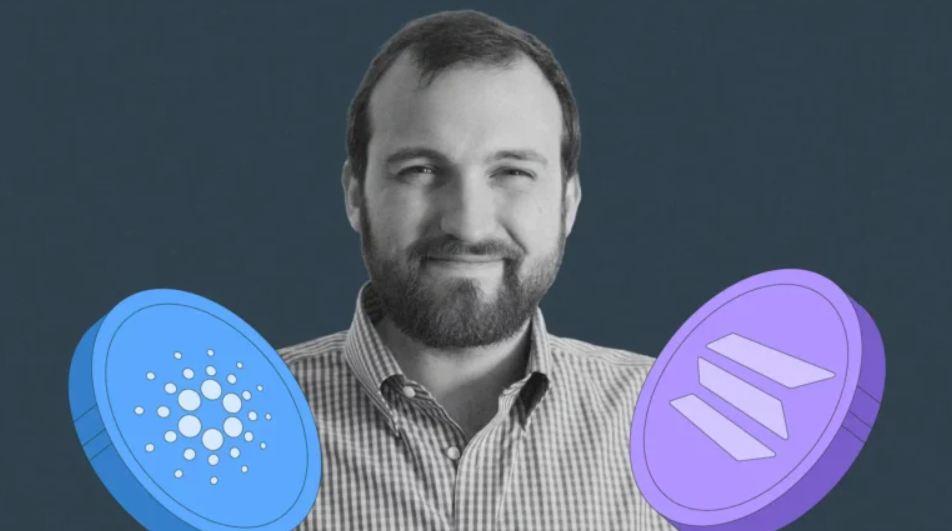
Cardano’s Angle on Bitcoin DeFi
Hoskinson also dove into Cardano’s role in the growing world of Bitcoin DeFi. Thanks to its architecture and features like Babel fees (which let users pay gas in BTC), Cardano is positioning itself as a smart contract layer that can run on top of Bitcoin’s security model.
“We predicted UTXO DeFi—and now it’s happening,” Hoskinson said. “We’re the first system that actually built the tools for it.”
The big vision? To turn Cardano into a hub for UTXO-based chains like Bitcoin, Litecoin, and Dogecoin—chains that collectively hold more liquidity than Ethereum and Solana combined.
“Cardano could be the nexus of the entire UTXO DeFi ecosystem,” Hoskinson added. “And once Bitcoin DeFi takes off—and it will—ETFs, institutions, and millions of users are gonna follow.”
“No Hype, Just Work”
Hoskinson didn’t shy away from the criticism that Cardano hasn’t produced the flashy DeFi numbers that other chains boast—or chased meme coin madness for attention.
“Year by year, our DApp count grows. Our TVL doubles. We’ve had zero major security incidents,” he noted. “But we don’t chase trends. We build systems that can run real-world assets, regulated finance, and public infrastructure.”
At the time of writing, ADA is trading at $0.6595. No moonshots, no meme hype—but Hoskinson seems fine with that.
“The hype cycles will come and go. What matters is what we’re building lasts.”
Delegate Your Voting Power to FEED DRep in Cardano Governance.
DRep ID: drep12ukt4ctzmtf6l5rj76cddgf3dvuy0lfz7uky08jfvgr9ugaapz4 | We are driven to register as a DRep by our deep dedication to the Cardano ecosystem and our aspiration to take an active role in its development, ensuring that its progress stays true to the principles of decentralization, security, and community empowerment.DELEGATE VOTING POWER!


